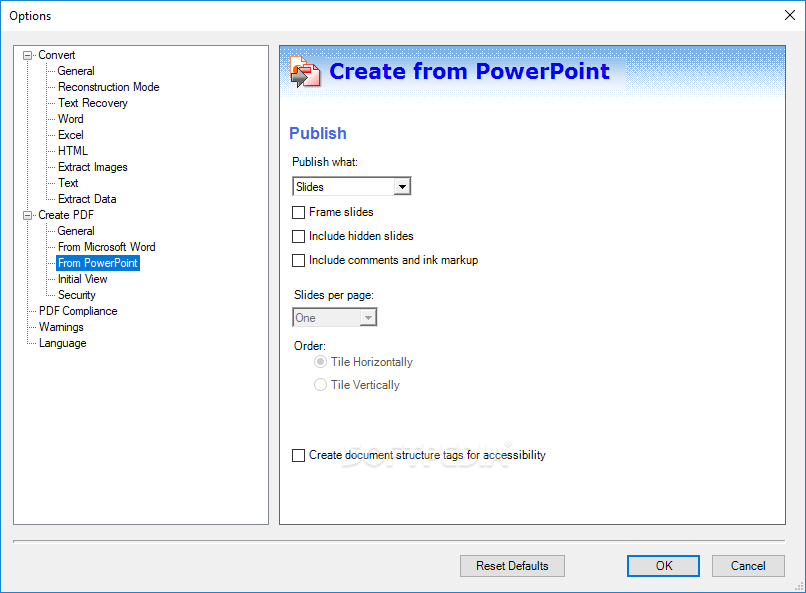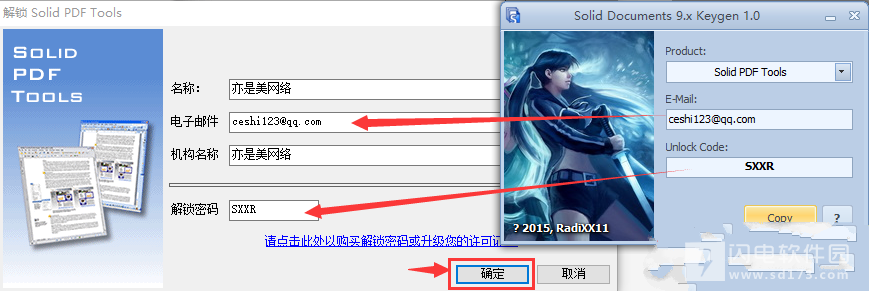

The FDA recently granted breakthrough therapy designation to elranatamab for the treatment of patients with RRMM based on 6-month follow-up data from the phase 2, open-label, multicenter, single-arm MagnetisMM-3 trial (NCT04649359). The most common treatment-emergent adverse events (AEs) were cytokine release syndrome (CRS), neutropenia, anemia, injection site reaction, and lymphopenia.

Among patients who responded, the 12-month event-free survival rate was 59% (95% CI, 39%-74%) and the median duration of response (DOR) was 17.1 months (95% CI, 10.6-not evaluable ).

The objective response rate (ORR) among 55 patients, who were followed for a median of 12.0 months, was 64% (95% CI, 50%-75%), with 56% achieving at least a very good partial response (VGPR), 38% achieving a complete response (CR) or better, and 100% of evaluable patients with confirmed CR or better (n = 12) achieving minimal residual disease negativity. The study found that elranatamab induced durable clinical and molecular responses. Of the participants, 91% were triple-class refractory and 24% had received prior BCMA-targeted therapy. Participants had received a median of 5 prior regimens (range, 2-14). MagnetisMM-1 (NCT03269136) is a first-in- human phase 1 study evaluating the pharmacokinetics, pharmacodynamics, safety, and efficacy of elranatamab monotherapy for patients with RRMM. ElranatamabĮlranatamab (PF-06863135) is a bispecific antibody that targets both B-cell maturation antigen (BCMA) on MM cells and CD3 on T cells, thereby activating the T cell–mediated immune response and redirecting it against MM cells. Here we highlight select new agents from presentations at the 64th American Society of Hematology (ASH) Annual Meeting and Exposition in December 2022. Newer approaches for patients with RRMM are moving away from chemoimmunotherapy and toward drugs with novel mechanisms of action. Fortunately, new agents are continuously emerging for alternative treatment options. 1 Although clinical practice guidelines list several preferred regimens for patients with relapsed or refractory MM (RRMM), 2 finding therapeutic alternatives for patients who have already been exposed to all available drug classes can be difficult. Further, the remission duration, rate of response, and depth of response in relapsed MM decrease with each subsequent regimen. Despite this, the majority of patients with MM eventually relapse.

Many classes of agents are available for patients with multiple myeloma (MM), and most patients receive multiple regimens over the course of their treatment.


 0 kommentar(er)
0 kommentar(er)
